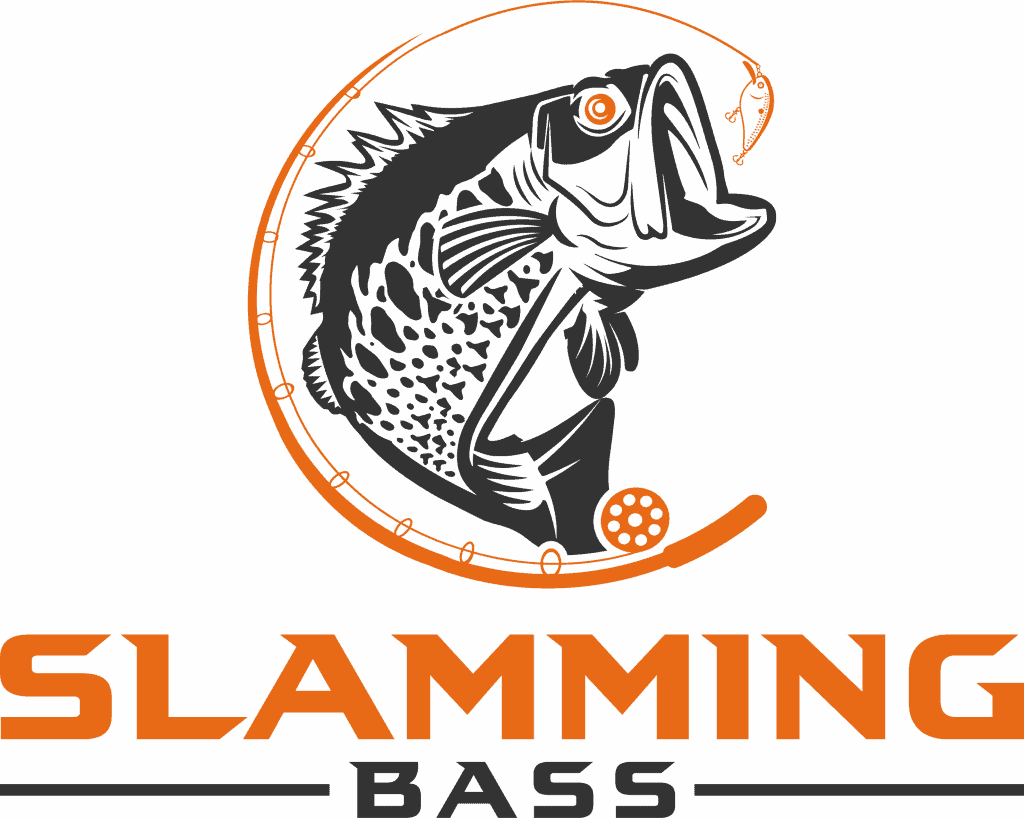A Brief History of the Ned Rig
Ned Rig Fishing, a finesse fishing technique, has been growing in popularity among bass anglers over the last decade. Named after Ned Kehde, a Kansas-based angler, this simple yet effective approach has its roots in the Midwest Finesse Fishing style. As the word spread, the Ned Rig quickly became a go-to option for anglers who were looking to catch bass in a variety of challenging conditions.
Understanding the Components of a Ned Rig
To appreciate the full potential of the Ned Rig, it is essential to understand its individual components. A typical Ned Rig setup includes:
1. Jighead
The jighead is the foundation of the Ned Rig. Ideally, you should use a mushroom-shaped jighead with a light wire hook, which ensures a natural presentation. Choose a weight that will allow the rig to sink slowly, generally between 1/16 and 1/8 ounces. Make sure the jighead has a keeper or a wire bait holder to secure the soft plastic bait.
2. Soft Plastic Bait
The most common soft plastic bait used in a Ned Rig setup is the soft stickbait. These baits are designed to mimic the natural movement of forage species, making them irresistible to bass. Popular choices include the Z-Man Finesse TRD, Yamamoto Senko, and Roboworm Ned Worm. The soft plastic bait should be cut down to about 2.5 to 3 inches to maintain the rig’s finesse nature.
How to Rig the Ned Rig
Rigging a Ned Rig is a straightforward process that requires only a few steps:
- Thread the hook through the nose of the soft plastic bait, ensuring that the keeper or wire bait holder is properly aligned with the bait’s center.
- Slide the bait up the hook shank until it reaches the jighead, making sure the bait is straight and secure on the keeper.
- Adjust the position of the bait on the hook shank if necessary to ensure a weedless presentation.
Mastering the Technique: Tips for a Successful Ned Rig Fishing
While the Ned Rig may appear simple, it requires a proper approach and finesse to yield the best results. Here are some tips to help you master this technique:
1. Choose the Right Gear
Selecting the appropriate equipment is crucial for Ned Rig success. A spinning rod and reel setup is recommended, with a medium-light power rod and a fast-action tip for optimal sensitivity. Use a 6-8 lb. fluorocarbon line or a similar weight braided line with a fluorocarbon leader to maintain a stealthy presentation.
2. Pay Attention to the Retrieve
There are various retrieve styles that can be effective with the Ned Rig, such as the drag-and-shake, swim-and-glide, or straight swimming retrieves. Experiment with these techniques and pay attention to how the bass are reacting to determine which style works best in your specific situation.
3. Mind the Bottom Composition
Identifying the bottom composition is critical for successful Ned Rig fishing. This technique works best in areas with rocky, gravel, or hard clay bottoms, where the rig’s natural presentation will be most effective. Avoid using the Ned Rig in areas with thick vegetation or heavy cover, as it can easily become snagged.
4. Target the Right Depth
While the Ned Rig can be successful at various depths, it tends to perform best in shallow to medium-depth waters (4-15 feet). Focus on areas with structure or cover, such as points, drop-offs, and submerged humps, where bass are likely to be holding. Adjust the weight of the jighead if needed to achieve the desired depth and presentation.
5. Use a Stealthy Approach
As a finesse technique, the Ned Rig relies on subtle movements and presentations to entice bass. Approach your target area quietly, using a trolling motor if possible, and make long casts to avoid spooking the fish. Give the rig time to sink to the bottom and maintain a tight line to detect subtle bites.
6. Adapt to the Conditions
The Ned Rig’s versatility allows it to be successful under various weather and water conditions. Adapt your approach based on the specific conditions you encounter. For example, in colder water or under high-pressure systems, bass may be more lethargic and require a slower, more subtle presentation. Conversely, in warmer water or low-pressure systems, a faster retrieval may be more effective.
Conclusion: Embrace the Ned Rig for Bass Fishing Success
Armed with the knowledge and tips provided in this guide, you are now ready to unlock the full potential of the Ned Rig for bass fishing. Remember to choose the right gear, pay attention to the retrieve, and adapt your approach to the specific conditions you encounter. With practice and persistence, you will soon become a master of the Ned Rig technique and enjoy consistent bass fishing success.

